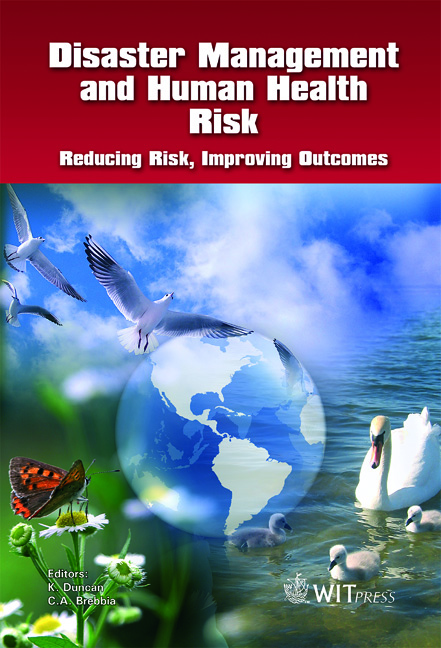Developing A Spatial-based Approach For Vulnerability Assessment Of Philippine Watersheds And Its Potential In Disaster Management
Price
Free (open access)
Transaction
Volume
110
Pages
12
Published
2009
Size
897 kb
Paper DOI
10.2495/DMAN090031
Copyright
WIT Press
Author(s)
C. L. Tiburan, S. Kobayashi, K. Mizuno & I. Saizen
Abstract
The Philippines is considered as one of the most vulnerable countries in the developing world that has experienced various kinds of disaster such as typhoons, flooding, earthquakes, landslides and many other forms of environmental crises. Despite being an archipelago with 7,107 islands, 53% or around 15.8 million ha of its total land area are classified as forestlands. These areas have also been subjected to several catastrophic events and have greatly affected the condition of the environment, the lives of many Filipinos as well as the economy of the country. It is for these reasons that this study aimed to develop a spatial-based approach to assess the vulnerability of watersheds in the Philippines to climate change and to describe its potential in disaster management. The approach had three major components namely, climatic variability component, exposure and sensitivity component and the adaptive capacity component. It consisted of 22 indicators which were also classified under three aspects of vulnerability – hazard, damage and resistance indicators. The model used a scale of 1 to 5 to describe the levels of vulnerability for each indicator and their thresholds were generated using statistical test, existing indices and relevant literature. All indicators were given equal weights and the overall vulnerability classification of a watershed was evaluated by using a ratio between the average scale of all indicators used and the maximum scale.
Keywords




